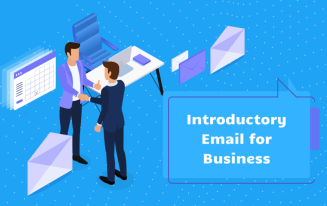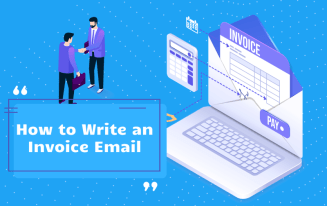How to write an email to a potential employer
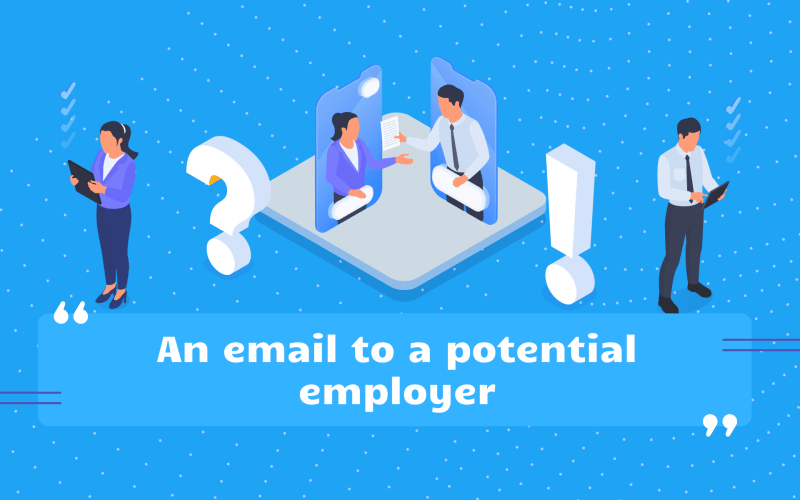
Sending out emails to potential employers can help you to get a job in 2023, but if you never sent an email to an employer before, you may find it helpful to use a guide that understands how to do it effectively. Knowing how to write an email to a potential employer can make a huge difference. Cold emails can prove a source of anxiety, but you don’t need to feel anxious about how you write them. Email gives you a fast and convenient way to market yourself and stand out in a big pool of job hunters. At the same time, it gives you a variety of choices, which will increase the number of opportunities available to you. You can speed up this process even more with an AI email assistant. It is recommended to use AImReply because of its ability to make fast work of this while sending out highly professional and top-quality emails. Let’s take a look at how to write an email to a potential employer.

Employ the full range of AI advantages with AImReply and express your thoughts faultlessly in every email.
Table of Content
Step #1: Write an Attractive Subject Line
You want to write a clear and attractive subject line that will make them click into your email message. Think of the person you will email and what would motivate them to open the email. Putting something along the lines of, “I’m interested in a job” can work in the subject line if you email enough people, but making the subject line more specific and attractive will reduce the time and number of emails you need to send out to get a response.
For example, you might say, “I’d like to contribute to [Project Name].” This shows that you did your research in advance, and you didn’t just write a general email that could apply to any workplace. Think about what would motivate them to open your email—curiosity often plays a big role in how to write an email to an employer successfully. It’s one of the most important ingredients to getting people to open your emails.
One powerful way to do this is to include the name of your potential recruiter right in the subject line. As humans, it can be hard for us to ignore an email if it relates to us, and we wonder what it says inside.
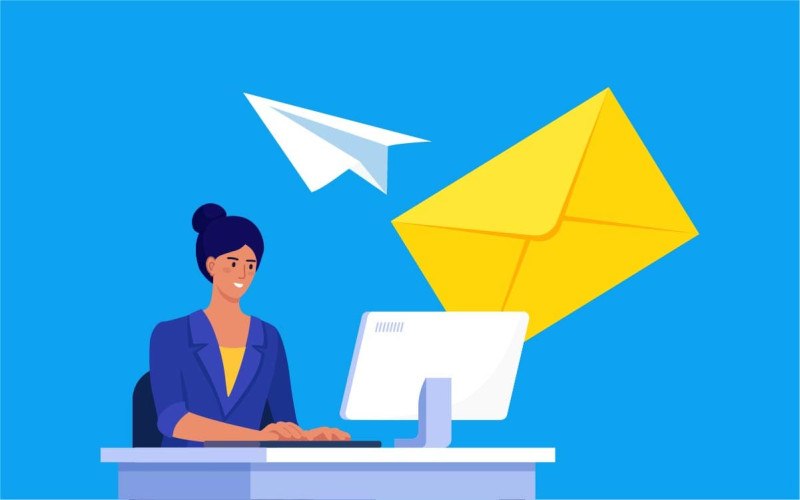
Step #2: How to Begin the Email
When you start the email, you should use the name of the person that you address. This makes it feel more personal than if you used the company name, and it shows that you did your research before you sent the message. That’s how to write an email to employer and get a better response rate. After you address the person, introduce yourself quickly and how you can help their company.
As a side note, you may want to introduce yourself a second time even if you messaged the person one other time. This reminds them of what you do. Businesses receive cold email pitches all the time, so you need to refresh them.
After you introduce yourself, lead them in with a compliment and go deeper into the details. When you speak to the potential employer, don’t tell them what you want. Instead, if you’re looking for how to write email to employer successfully, tell them how you can add value. Appeal to their self-interests rather than yours, and you will find that you get better responses.

Step #3: Check for the Appropriate Tone
During the email, you want to keep a professional but friendly tone. Some companies do prefer a more casual tone, but when you don’t know the company, it’s better to write in the formal tone. You might research your recruiter to learn what they would prefer when hiring. For example, job descriptions written in the formal tone tell you what to use. Check your recruiter’s LinkedIn to see how they talk on there, and if they continue with the formal tone, keep it the same when you write them the email.
While we say formal tone, beware of coming off as overly scholarly. Many students when they study at university learn to write in a more scholarly tone, but you don’t want to use that in an email to a potential employer. You want them to connect with your message on an emotional level.
Write more in the active voice over the passive voice. The active voice engages you, and it shows you a clear doer of the action. When you’re learning how to write a job interest email, the active just tends to perform better.
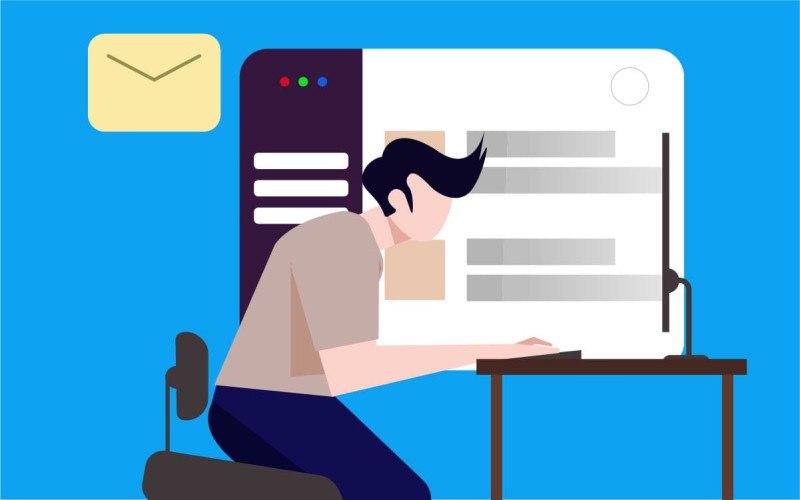
Step #4: Tell Them the Position You Want
You don’t want to leave the employer guessing as to the position that you would like because they may not reply. It can discourage them from reading your resume. Tell them as specifically as possible about the position that you would like at their company.

Step #5: What Makes You a Good Candidate?
At this stage of the email and learning how to write an email of interest for a job, you want to convey that you can deliver real value to your potential employer. This is the answer to the question, “Why should I hire you?” We’ll show you how to respond to this question. First, think of it from your employer’s perspective. They want to hire the best candidate for that position.
What most people do at this point is talk about how great they are with vague statements. For example, they might say that they’re deadline-oriented and hardworking. Those are both great qualities, but you will find that your email carries more weight if you get more specific with more information.
Instead of telling them how you’re deadline-oriented and hardworking, you could say how you routinely worked 12-hour days at your last job to meet project deadlines. Giving concrete and specific examples will demonstrate your unique qualifications to your employer. At the same time, you will sound different from the hundreds of other candidates who may not have learned how to write an interest email for a job quite as thoroughly.

Step #6: Invite Them to Check Your Resume
Don’t attach anything other than your resume to the email—unless they set guidelines. You want to end your email with a specific call to action that only requires them to check your resume. Many marketers have found that a single call to action receives a better response than if they try to get them to do multiple things. Just ask them to check your resume before you sign off.

Step #7: Proofread and Send
Before you send the email, proofread it. You don’t want to work hard at learning how to write an email expressing interest in a job and sending out a great email, only to find out that you made a huge error at the fourth sentence. Using an AI email generator like AImReply can help you to avoid grammar and spelling errors that would send your application to the rejection pile.
AImReply can also help you to write sentences in the active voice because it catches and highlights where you wrote in the passive voice. There’s nothing wrong with the passive voice, but the active voice will engage your employer more when reading than if you wrote it in the passive voice.
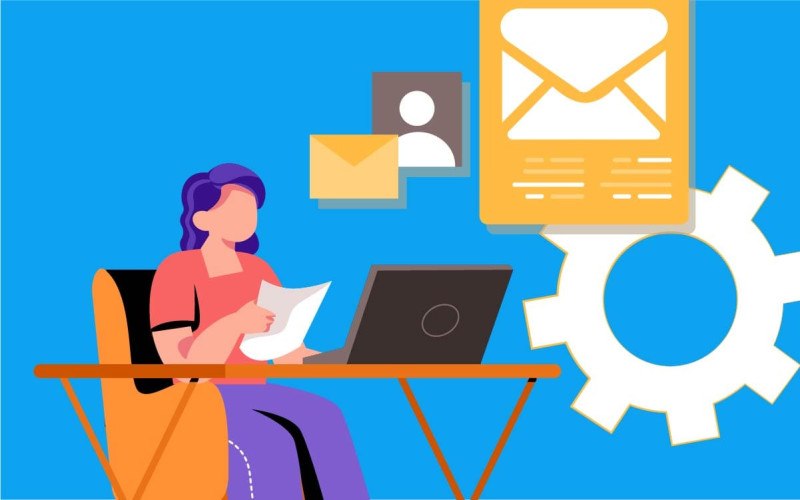
Conclusion
Learning how to write email to potential employer that will get a response takes practice, and even if you don’t receive a response right away, don’t get discouraged. Keep sending and writing emails because like with sending out applications for jobs, it’s a numbers game to get the one hiring manager that shows interest. You can do things that will improve your response rate, however, and we highlighted some of things that you can do above to get hired faster.
One of the big things to improve your chances of getting hired would be if you were to use the AImReply service. This email writing assistant comes with huge advantages—one of them being that you can write perfectly crafted emails that get straight to the point and make no mistakes. Furthermore, you can tell it to write in a professional tone, and it will write with that tone to help you to distinguish yourself among the piles of other applicants.
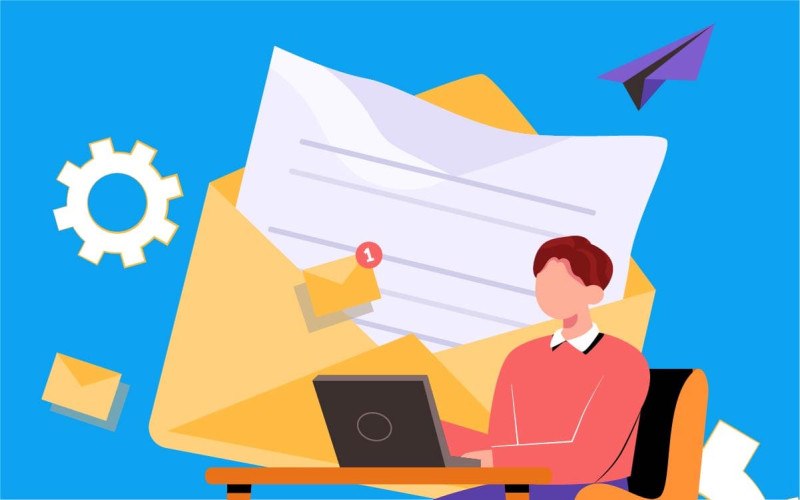
Even if you’re totally new to the service, the helpful guides and educational tutorials will put you on the fast track to using it like a pro. At the same time, if you happen to receive an incoming email, the AI software from AImReply will automatically analyze it and reply to ensure that you never see an email too late from a potential employer.
You can use the software to become more persuasive with potential employers to increase your chances of getting the job. When you can quadruple your sending rate because you can produce emails in seconds, it makes it much easier to get the responses you desire. To learn more, sign up and start using it. You’ll be surprised at the benefits that come with it.
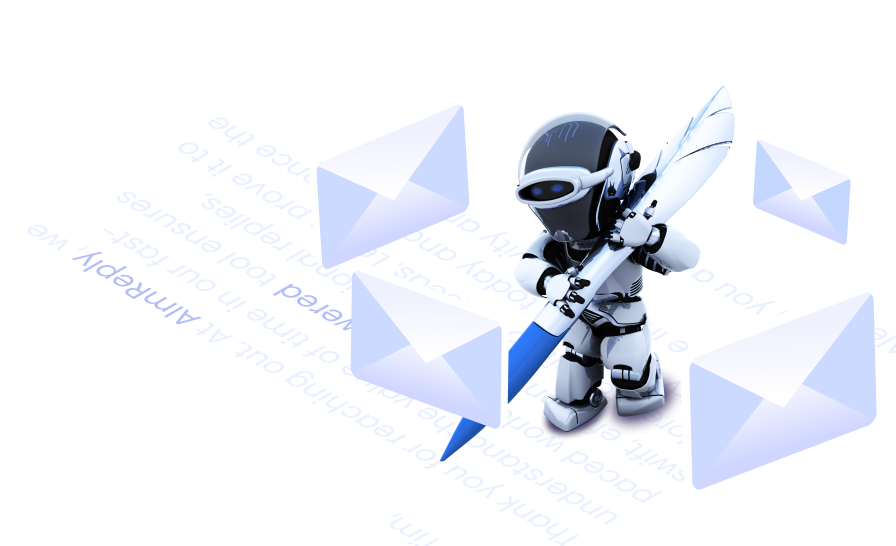
March 15, 2024
- 9 min
- 90
In the world of business, you have to be able to sell yourself. This is where it can be helpful to know how to write an introductory email for business purposes. As with any form of professional communication via email, there’s always a bit of tact when it comes to the writing.
March 25, 2024
- 10 min
- 144
Having to call in a sick day can be nerve-wracking as we want to convey the situation as clearly as possible. To avoid causing any hassle for colleagues when you’re sick, you’ll want to know how to write a sick day email for work.
March 18, 2024
- 8 min
- 130
If you want to get paid on time, you’ll want to learn how to write an invoice email for any professional situation. Although you’re owed payment for your work, being courteous and professional in your writing is important.






